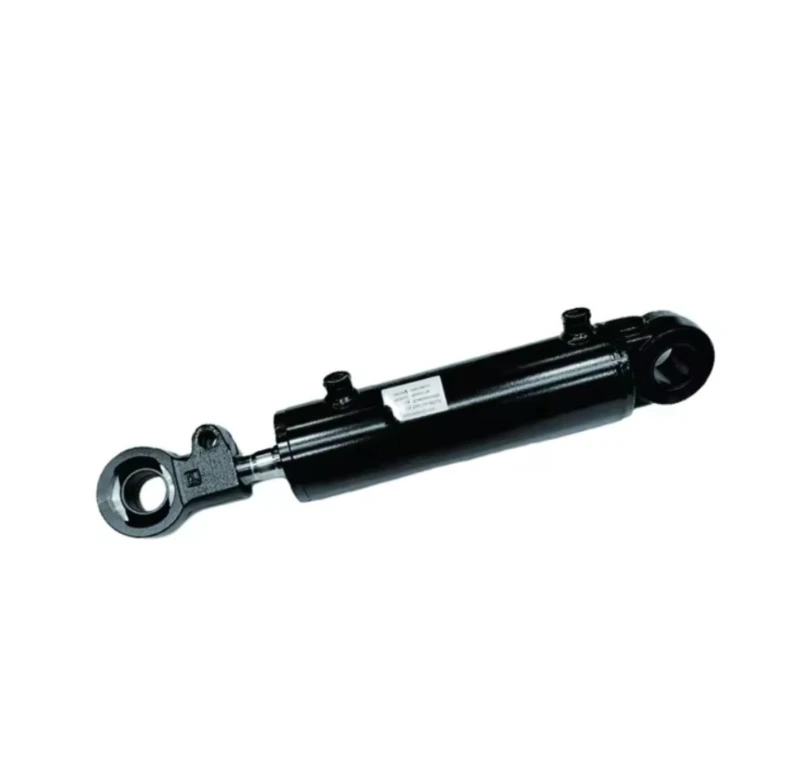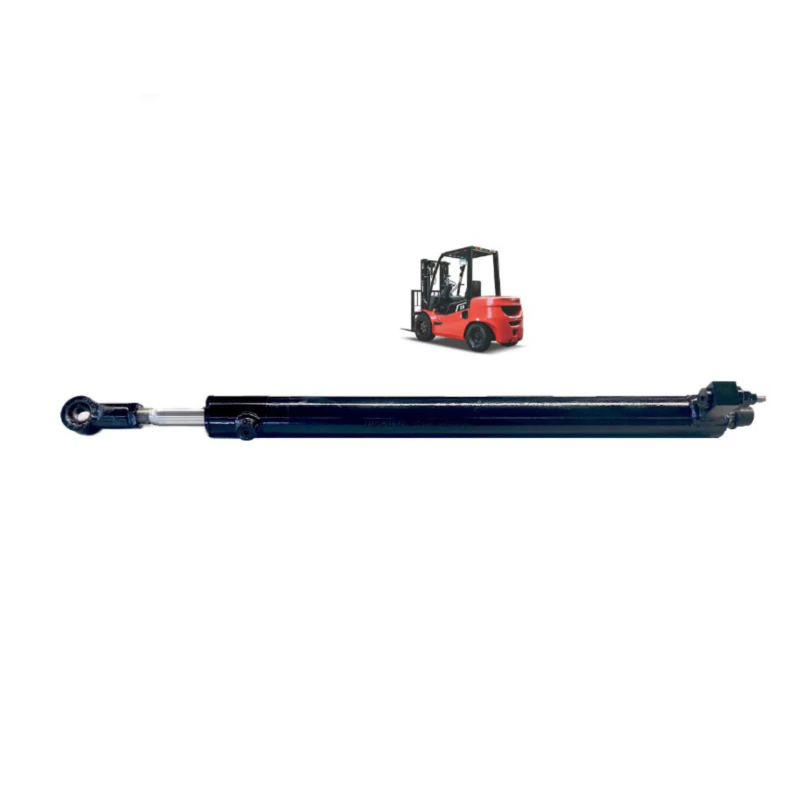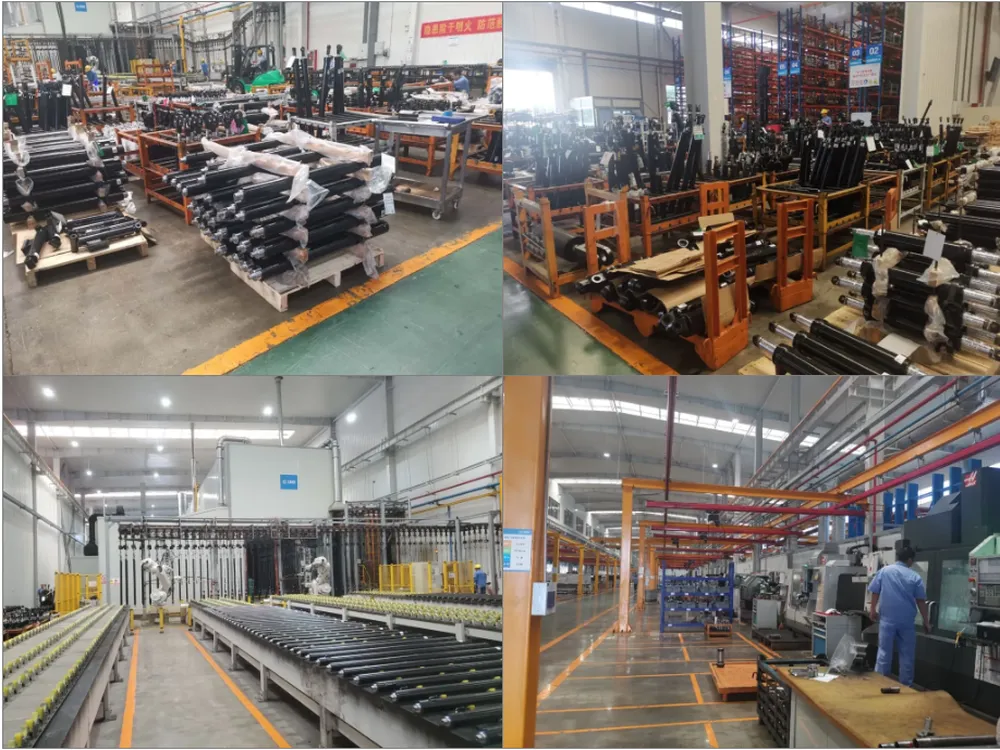Tilt Cylinder for Advanced Material Handling
Introduction
Material handling is a critical activity in manufacturing, construction, and logistics processes. Advanced material handling requires the use of sophisticated equipment to enhance efficiency, accuracy, and safety. Tilt cylinders are hydraulic components used in material handling equipment to enable the tilting of loads. These cylinders operate by converting hydraulic energy into mechanical energy, allowing the load to tip forward or backward.

History of Tilt Cylinders
The history of tilt cylinders traces back to the early 20th century when hydraulics technology was still in its infancy. The first tilt cylinders were simple mechanical levers that required a lot of effort to operate. However, with the invention of hydraulic systems, the use of tilt cylinders became more popular in material handling equipment.
Advantages of Tilt Cylinders
- Improved Load Stability: Tilt cylinders allow for the controlled tipping of loads, which enhances stability by reducing the chances of sudden shifts in weight.
- Efficient Handling: Tilt cylinders provide precise control of the load, making it easier to handle, position, and transport.
- Increased Safety: The controlled tilting of loads minimizes the risk of accidents and injuries to operators and bystanders.
- Versatility: Tilt cylinders can be used in a wide range of material handling equipment, including forklifts, cranes, and excavators.
- Durability: Tilt cylinders are built to withstand heavy loads and harsh operating conditions, making them reliable and long-lasting.
Tilt Cylinder Working Principle
Tilt cylinders work based on the principle of converting hydraulic energy into mechanical energy. The cylinders consist of a piston and rod assembly, a cylinder barrel, and hydraulic connections. When hydraulic fluid is pumped into the cylinder, it pushes the piston and rod assembly, causing the load to tilt forward or backward, depending on the direction of the fluid flow.

How to Choose the Right Tilt Cylinder for Your Application
- Load Capacity: The tilt cylinder's load capacity should match the weight of the load it will be handling.
- Operating Pressure: The tilt cylinder must operate within the specified pressure range to avoid damage or failure.
- Stroke Length: The stroke length of the tilt cylinder should be sufficient to enable the desired range of tilting motion.
- Cylinder Bore: The cylinder bore size should be suitable for the application and should match the hydraulic system's requirements.
- Mounting Style: The tilt cylinder's mounting style should be compatible with the equipment's design and installation requirements.

Tilt Cylinder Installation
The installation of tilt cylinders depends on the type of equipment and the manufacturer's recommendations. However, some common installation steps include:
- Mounting the cylinder on the equipment's frame or attachment
- Connecting the hydraulic lines to the cylinder
- Aligning the cylinder with the load for proper tilting motion
- Testing the cylinder for performance and safety
About Our Company
We are a leading manufacturer of hydraulic cylinders, providing quality and reliable products to customers worldwide. Our company has over 15 years of experience in designing, manufacturing, and selling tilt cylinders and other hydraulic components for various industries, including construction, agriculture, mining, aerospace, automotive, and material handling. Our customers in Europe, America, Africa, Asia, and other regions trust us for our high-quality products, efficient services, and competitive prices.

Conclusion
Tilt cylinders are critical components in advanced material handling equipment, providing precise control, improved stability, and increased safety. Choosing the right tilt cylinder for your application requires careful consideration of load capacity, operating pressure, stroke length, cylinder bore, and mounting style. Our company provides high-quality tilt cylinders and other hydraulic components for various industries, backed by our commitment to quality, reliability, and customer satisfaction.
Edited by Czh.